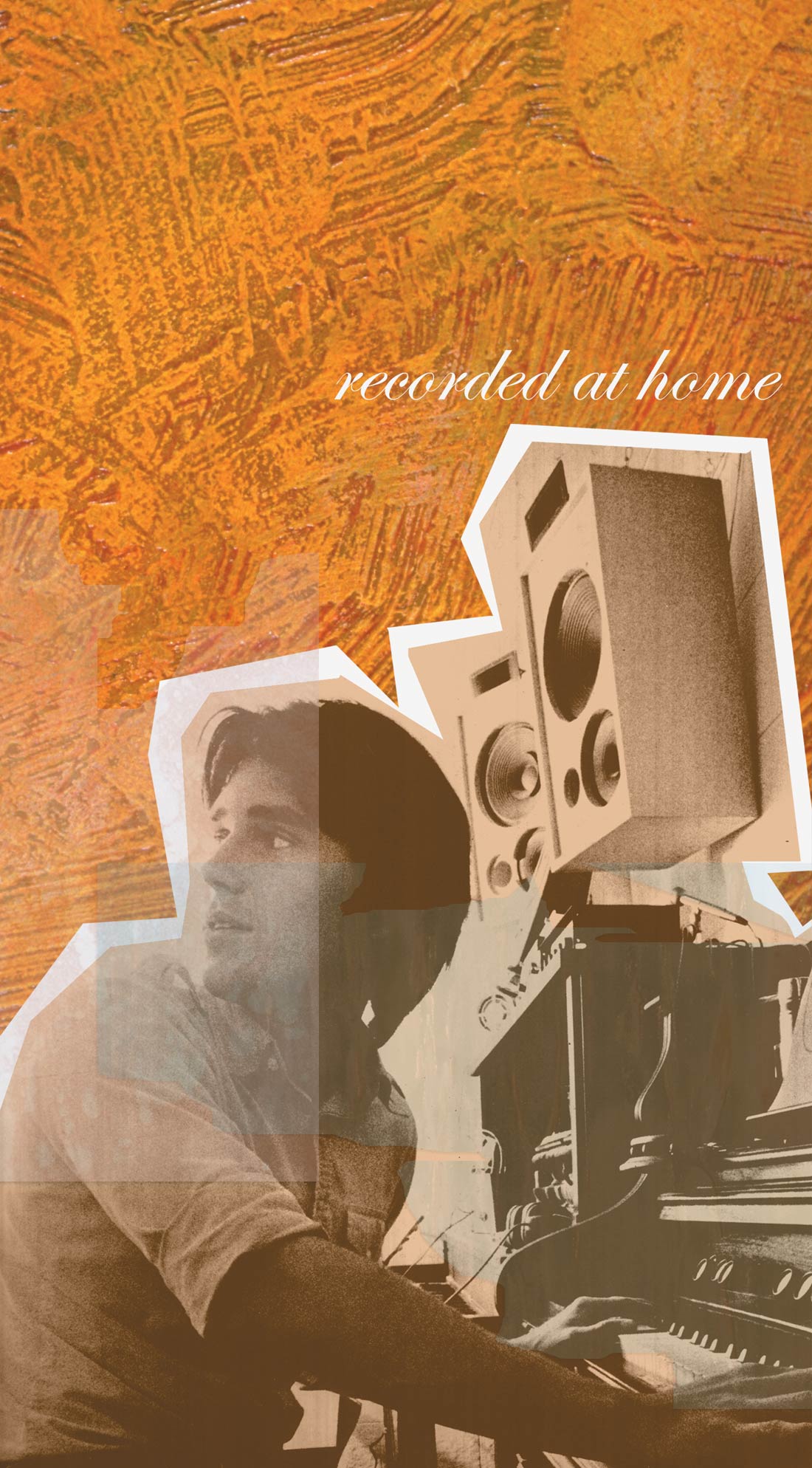Metrophones Isolation Headphones feature heavy- duty earmuffs with Koss speakers inside. There are three models: Studio Kans (without metronome); Metrophones (built-in analog metronome); and Metrophones LCD (with digital readout metronome). We tested the latter. The small LCD panel displays the click rate, which can be adjusted in single-unit increments from 40 to 260 BPM. Additionally, the metronome has an on/off switch, a volume knob, a line out, and dedicated speakers for the click. A 9 V battery supplies power for the metronome. Frequency response of the main (monitor) speakers is 15 Hz - 25 kHz, and the earmuffs provide up to 29 dB of isolation. A breakaway cable keeps the headphones from flying off your head if the cable is pulled. On drummers, the isolation eliminated virtually all monitor-mix bleed into the overheads. Also, lower monitor volumes could be used, reducing ear fatigue. As expected, drummers found the internal click feature to be very useful. Our test vocalists gave the Metrophones a mixed review. One was uncomfortable wearing the phones, citing the liquid-filled earpads were too cold when first donned. The second tester felt he could hear himself and the mix better. Our guitarist was pleased that he was able to sit right in front of his half-stack. He easily controlled pickup feedback without ruining his ears. Also, the Metrophones made a great 2 AM practice tool with a guitar POD feeding the phones alongside the built-in click. Drawbacks? The Koss speakers, although usable, are not up to the quality of similarly priced studio headphones. Also, the muffling is so well implemented, some drummers might end up playing louder and harder than they regularly would. As personal-monitoring headphones, Metrophones rock. Musicians give better performances, and mix bleed is reduced to negligible levels. ($159.95 MSRP, bigbangdist.com)
Monitoring | No. 29
ATH-M30 Headphones
by Larry Crane
I've been on a quest for a variety of headphones for tracking use in my studio, as my trusty Sony 7506 cans are falling apart after 7 years of constant service. The ATH-M30 is the lower-cost...




_disp_horizontal_bw.jpg)